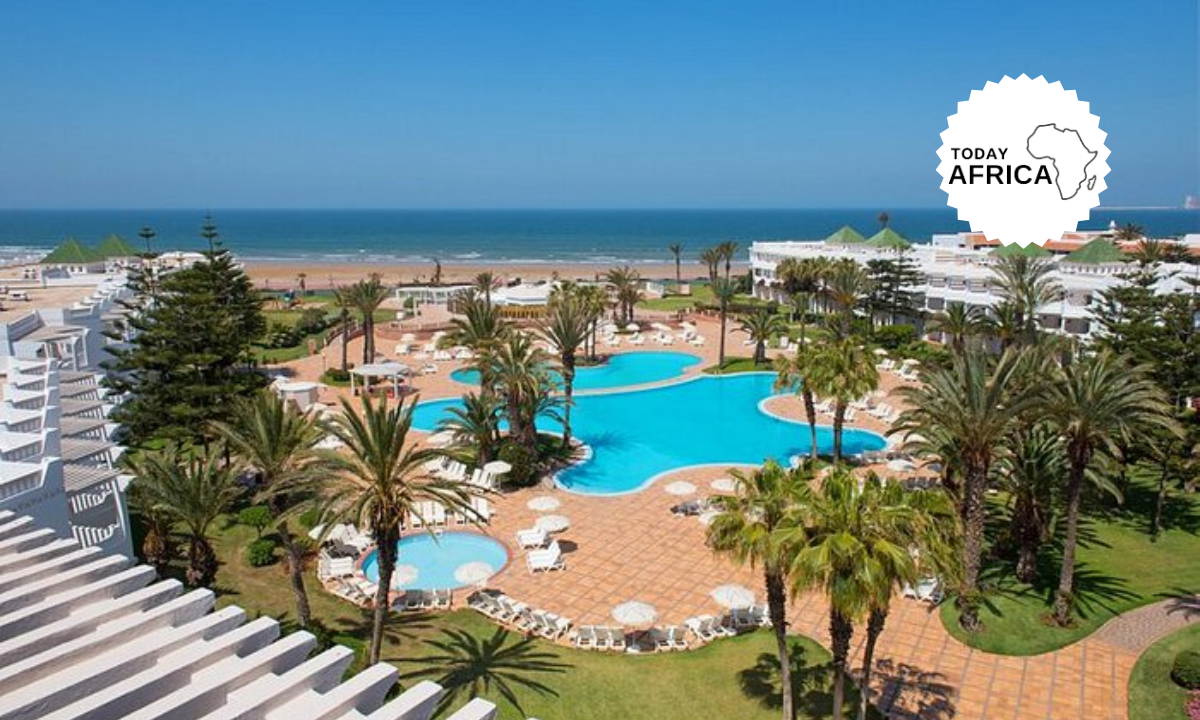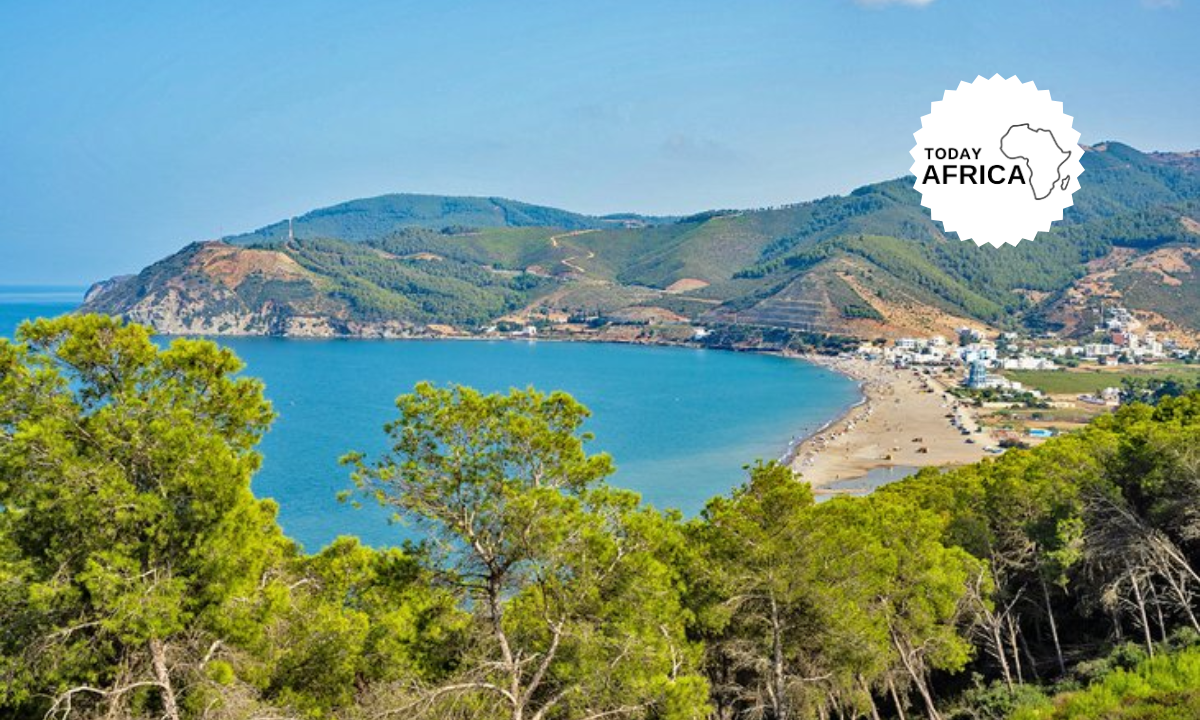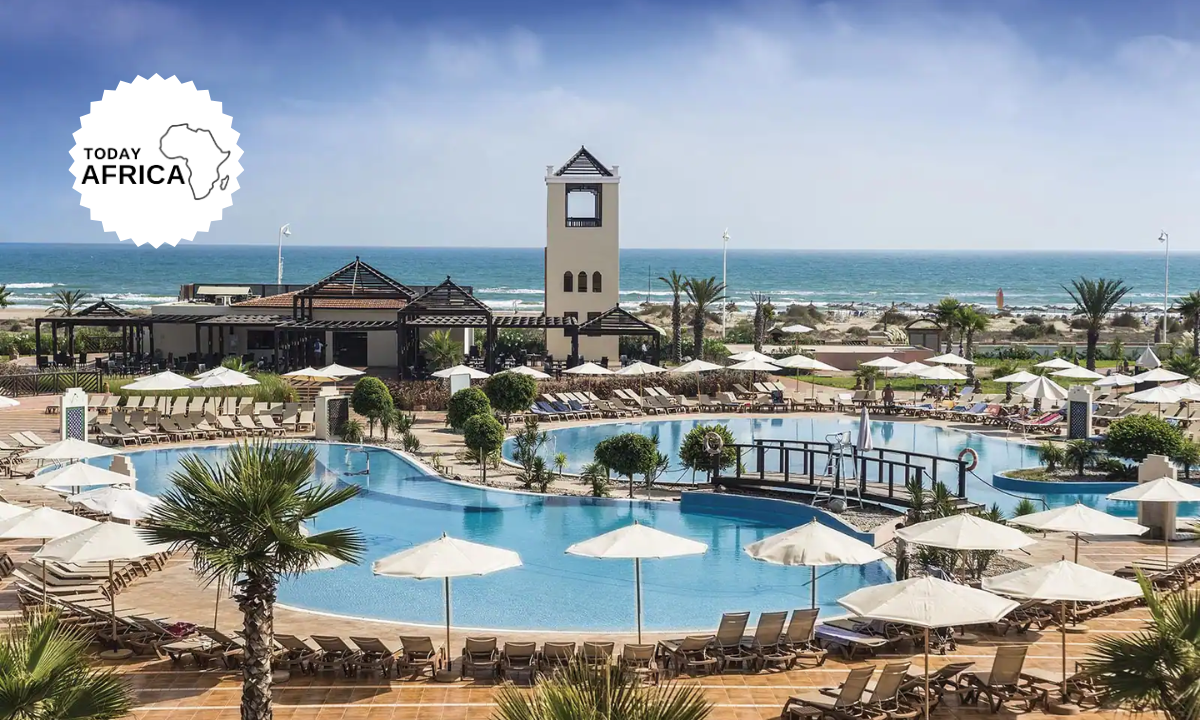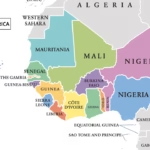Wondering things to do in Benin Republic? There are countless places of interest in this beautiful country of Benin Republic. Aside from several popular tourist attractions, there are many places too. To get you started, below are some of the best places to visit and things to do in Benin Republic.
Things to Know About Benin
Benin, country of western Africa. It consists of a narrow wedge of territory extending northward for about 420 miles (675 kilometres) from the Gulf of Guinea in the Atlantic Ocean. On which it has a 75-mile seacoast, to the Niger River, which forms part of Benin’s northern border with Niger. Benin is bordered to the northwest by Burkina Faso, to the east by Nigeria, and to the west by Togo.
The official capital is Porto-Novo, but Cotonou is Benin’s largest city, its chief port, and its de facto administrative capital. Benin was a French colony from the late 19th century until 1960.
Prior to colonial rule, part of the territory that is now Benin consisted of powerful, independent kingdoms, including various Bariba kingdoms in the north and in the south the kingdoms of Porto-Novo and Dahomey (Dan-ho-me, “on the belly of Dan;” Dan was a rival king on whose grave Dahomey’s royal compound was built).
In the late 19th century French colonizers making inroads from the coastal region into the interior borrowed the name of the defeated Dahomey kingdom for the entire territory that is now Benin; the current name derives from the Bight of Benin.
Best Time to Visit Benin Republic
The best time to visit any country depends on what you want to see and do during your trip. Here is a little insight on the best times to visit Benin Republic based on different factors.
The best time to visit Benin is in the dry months of December to March – which also coincide with the annual Voodoo festival in January – an unmissable experience. These months are slightly cooler and more pleasant, although watch out for the dusty harmattan wind – lipbalm and moisturiser are must-haves!
To make your travel convenient and seamlessly connected, make sure you get a good eSIM package that works in your travel destination. MobiMatter is the ultimate eSIM marketplace that sells more than 700+ eSIMs across more than 190 countries! Check out this massive variety of eSIM packages just for Africa.
10 Things to do in Benin Republic
1. See Ganvie, the largest stilt village in Africa
As far as Benin experiences go, the “Venice of Africa”, officially known as Ganvie, is a must-visit. It’s an ancient stilt village full of “watermen” – people who have adapted to living in the shallow waters and islands of Lake Nokoue.
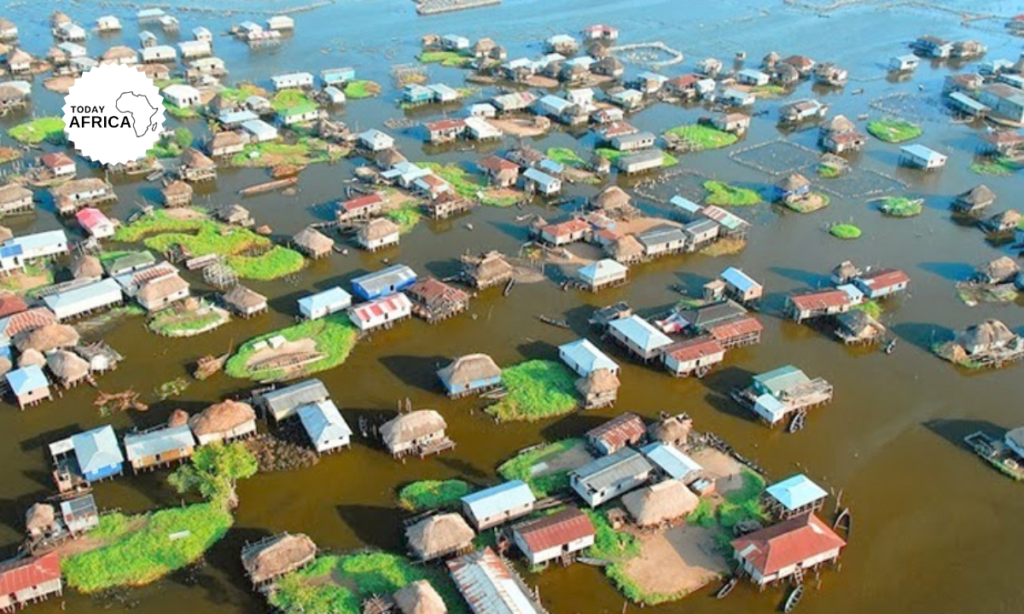
Originally, this village traces back to the transatlantic slave trade when the Tofinu people fled the main lands to seek refuge on an isolated body of water to avoid being stolen into slavery by Fon warriors. The Fon are a tribe in Benin who were infamously known to be slave hunters during that time.
Today, Ganvie has a population of 20,000 people who practice fishing and tourism as their main sources of income.
Go for a day trip to Ganvie, it’s only 9kms away from Cotonou, and immerse yourself in the local culture. A stunning sight for birdwatchers, Lake Nokoue occupies 16,000 hectares where the African openbill and white crested heron call home.
Make sure you find out the correct prices for a Ganvie excursion because it’s easy for tourists to get overcharged for tour packages. Ganvie is one of the busiest tourist destinations in Benin, make sure your guide is also reliable.
2. Discover occult culture in Ouidah
While visiting Benin, Ouidah should be at the top of your travel itinerary. Why? It’s a dark tourist destination. If you’re drawn to odd obscure sites that are out of the ordinary, Ouidah is definitely for you.
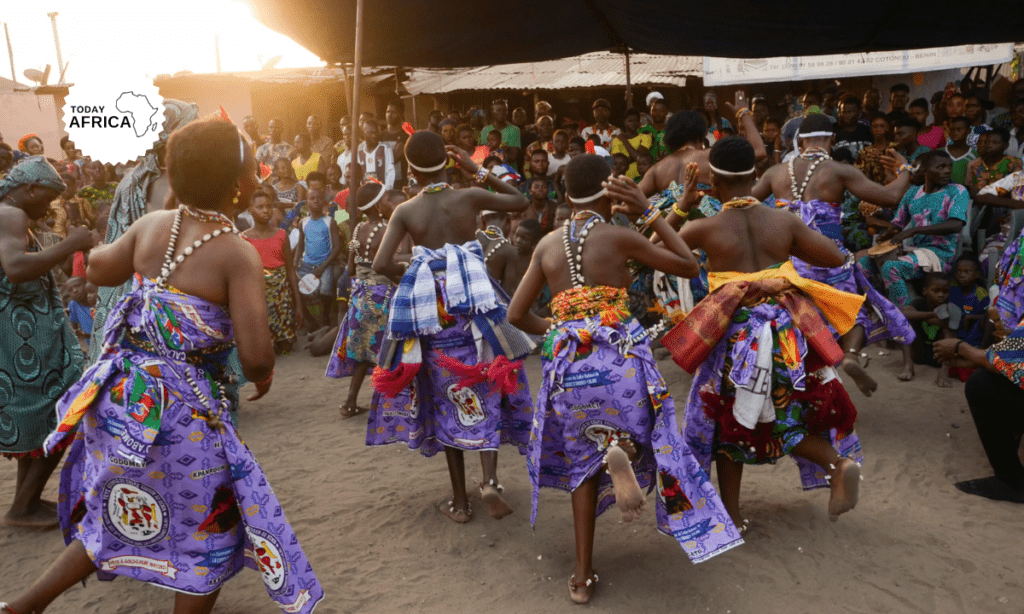
You can go to the Temple of Pythons where tons of pythons slither around in preparation for Vodou rituals. Additionally, visit The Musée de la Fondation Zinso to learn more about Benin’s colonial history.
The last stop of your Ouidah odyssey should be the Route des Esclaves which follows an enslaved person’s experience from being sold as a commodity in the slave market to the Door of No Return which is a monument that honors the lost enslaved people of Benin.
Organize a fee with your driver that includes entrance fees to the sites to save money.
3. Embrace the hustle and bustle of Cotonou
This busy and vibrant city that’s the beating heart of Benin offers many activities for a wide variety of travelers. If you would like to have mementos of your Benin trip, stop by the Artisanal Centre to buy some trinkets and souvenirs.
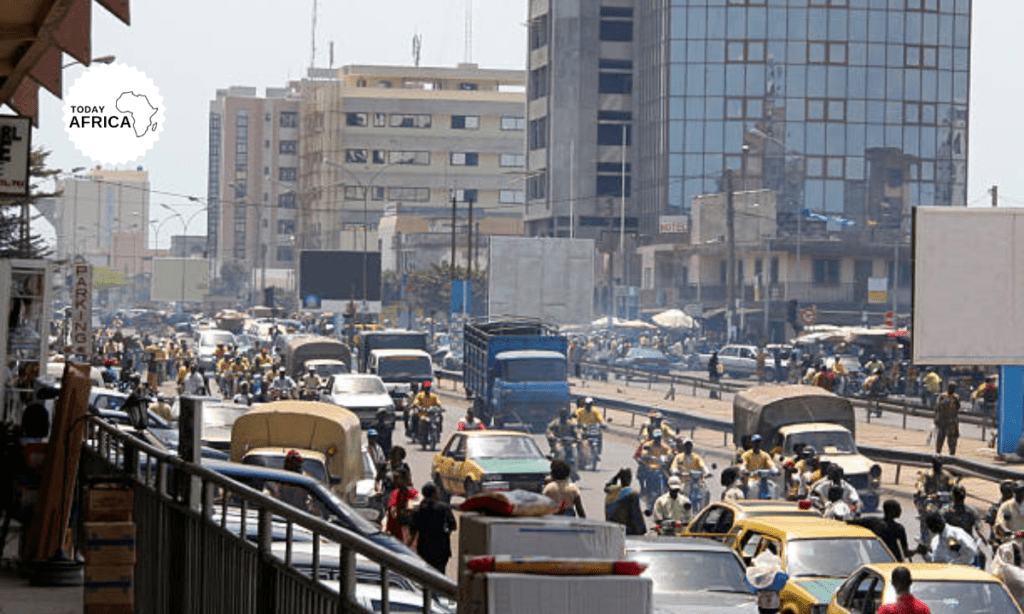
If you would like to make the most out of shopping in Benin, visit the Grand Marché du Dantokpa. Here you will find everything from seafood to soap.
See Also: 15 Things to do in Lesotho
The northern part of this market has a Vodou Fetish Market where Vodou priests buy supplies for rituals. This will be your first and last destination while visiting Benin: the international airport is located here.
Don’t walk on the beach, or swim alone, at any time of day.
4. Dive into the history of the ancient capital of Abomey
If you’re a history lover, make sure you visit the Royal Palaces of Abomey. Abomey is in the northern part of Benin, once the capital of the powerful West African Kingdom of Dahomey which ruled from 1600 to 1814.
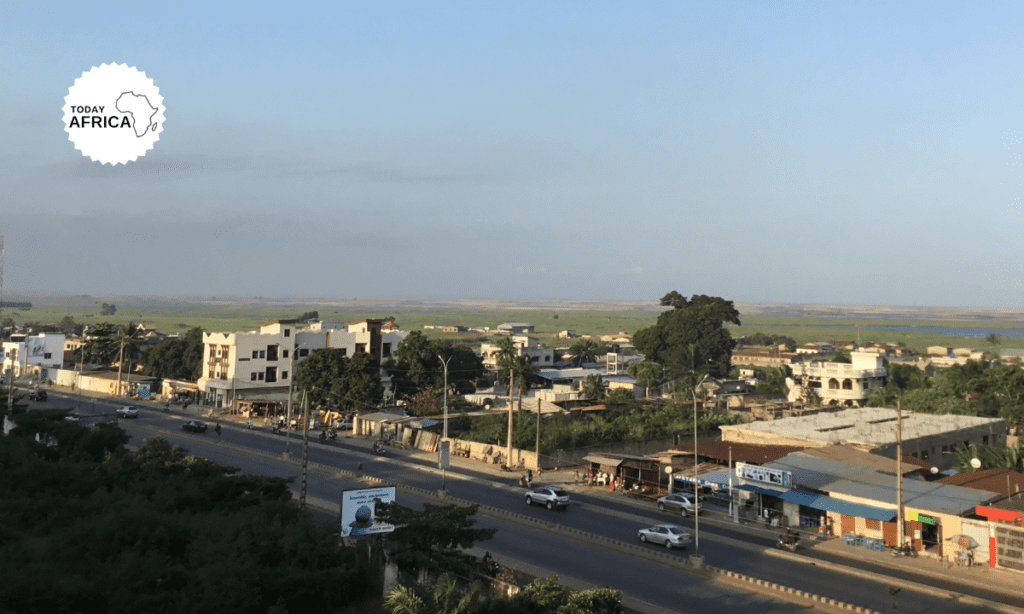
This is a Unesco World Heritage site that has great historical significance with riveting stories of monarchs who once lived here, make sure you get a local guide to tell you the tales.
Unfortunately, the palaces are in a decrepit state and have been completely destroyed. There’s a new feature of Abomey called the “Walk of the Slaves” which symbolizes the last leg of an enslaved person’s journey from the moment they left Africa till they arrived in the Americas.
This 3km stretch is full of statues and memorials – which pay tribute to the enslaved people wrongfully stolen into a life of slavery and servitude – along the path to the old slave market.
Abomey is quite far from all the other cities and towns, you’ll need to travel by road to get here.
5. Explore Portuguese remnants in Porto-Novo
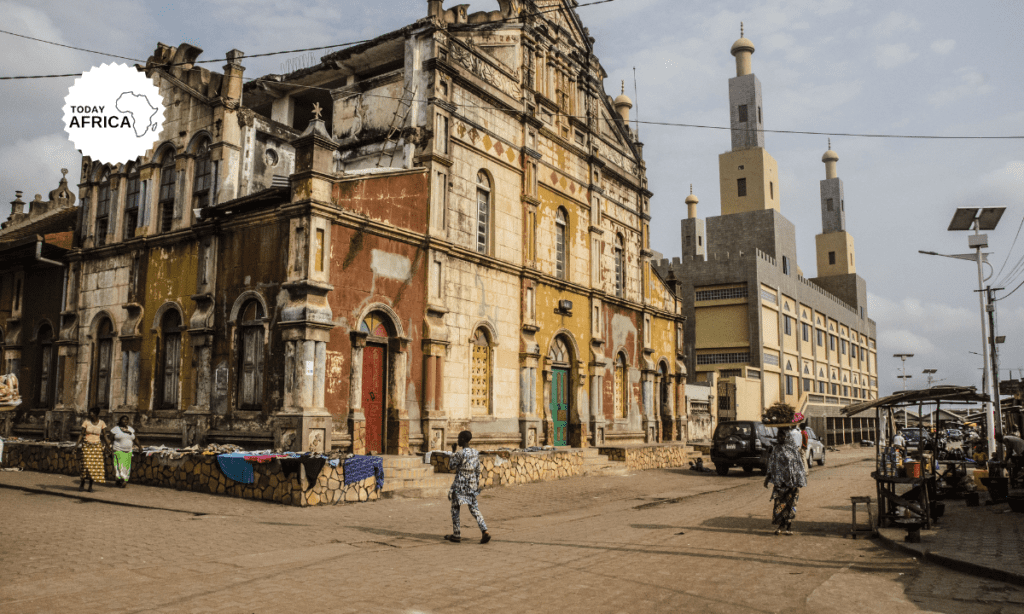
Porto-Novo is the capital of Benin, full of rich history about the Goun (Gun) people’s kingdom and also has strong colonial ties to the French who were once made this the capital of their colony. It was renamed Porto after the Portuguese who made this a slave trading center.
You can pay a visit to the Grand Mosque which was built in 1912 by the Brazilian community in Benin, building after their colonial styled churches. This Christian church style went from Portugal to Brazil and then to Benin, where it was used to build a Muslim mosque.
Other places you can visit include the Musée Ethnographique de Porto Novo which will teach you about the customs of Benin’s diverse tribal groups, the Centre Songhai which is a sustainable farming center, and the Musée de Silva which celebrates the Afro-Brazilian community in Benin. You can also visit less touristic stilt villages called Aguégué, 10kms from Porto-Novo.
After visiting the historical sites, because they are truly one of a kind on your Benin trip, Porto-Novo also has some beaches to visit.
6. Relax at the secluded beach getaway of Grand-Popo
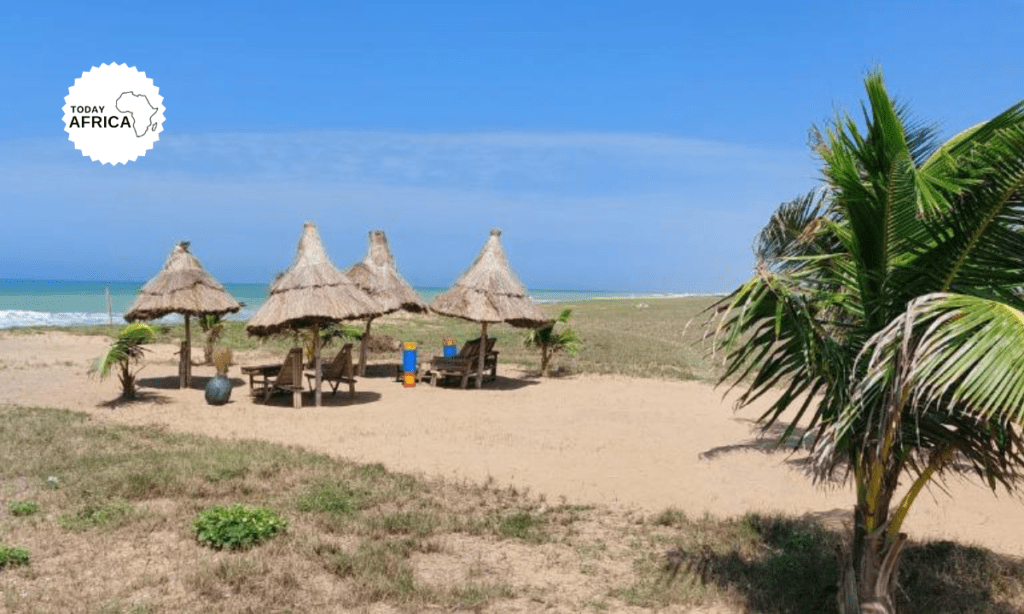
This is a place to relax and kick-back on a visit to Benin. It is uniquely uncommercialized, still preserving its authentic culture and traditions. Grand-Popo is best visited during the low season so that you can enjoy the beaches for yourself.
Don’t miss Bouche du Roy, where the river meets the ocean, and Villa Karo, a Finnish–West African cultural center. If you would like more of a cultural experience, you can also visit Lac Ahémè, a place where women collect salt and you can also learn about the traditional farming methods of the Beninese.
7. Go on a wildlife-spotting safari in Pendjari National Park
A large wildlife population inhabits Pendjari National Park including lions, hippos, elephants and buffalo. It’s a remote reserve that occupies 2,755 sq kms, the most scenic areas are hidden away in the hills and cliffs.
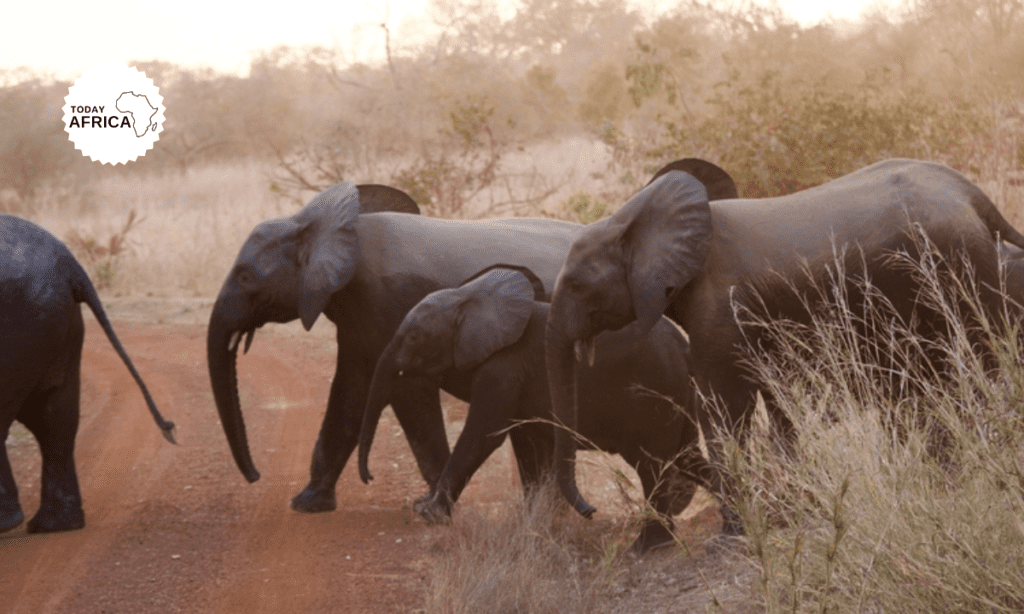
The tropical climate of the area ensures an abundant supply of rainfall annually, enabling luscious vegetation to flourish in the area.
It is recommended to get a guide to enjoy the spectacular views of large land mammals and reptiles. You can also go birdwatching to make the most out of your time in this area. Remember to carry a hat and wear sunscreen on your excursion.
8. Detour to the home of shea butter
Located only 50kms away from Pendjari National park, you’ll find the famous shea butter producers of Natitingou which are worth a detour on your Benin itinerary.
This small city has a museum that is based within a French colonial building and has a detailed hidden history about the Somba people of Benin.
If you love African culture, this is the best place to see and learn the culture of the Somba people and you can see their unique building methods firsthand. Natitingou is also the best place in Benin to see shea butter being made and buy a few jars as souvenirs.
9. Explore the history of the slave route
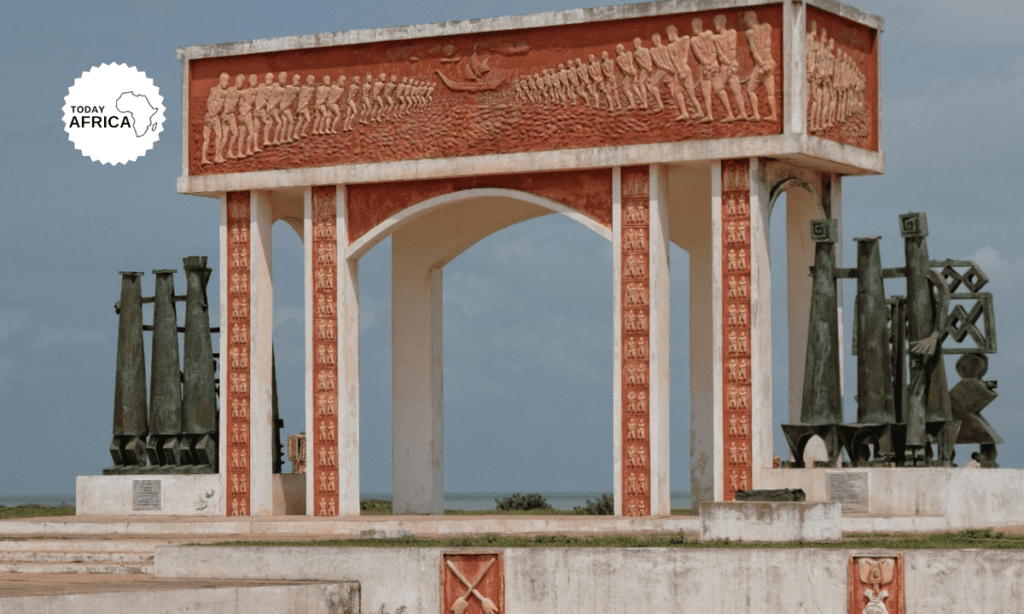
Benin played a significant role in the transatlantic slave trade, and a visit to the Slave Route is a sobering yet essential experience. Located in Ouidah, the Slave Route is a four kilometer walk that at least a million slaves took as they made their way to the boats that would take them to the new world. The Gate of No Return and the preceding stages of the trail are a poignant reminder of the millions of lives — not to mention the African continent itself — forever changed by this dark chapter in history.
10. Cruise down the black river of Adjarra

Some people go just for the photo. It is a dramatic sight. Yes, the river is black. But this is more than a photo op. A peaceful pirogue ride with no motor, just a piroguier and a bamboo pole, is yet another highlight of a trip to Benin.
11. Experience the thriving market of Cotonou

From the sprawling Dantokpa Market to the Ganhi Market, these vibrant hubs offer a kaleidoscope of colors, aromas, and local products. Engage with friendly vendors, sample delicious street food, and hunt for unique souvenirs.
12. Climb the sacred mountain of Ketou
Get some steps in and climb the Sacred Mountain of Kétou. This revered site holds deep significance for the local population, and reaching its summit offers breathtaking panoramic views of the surrounding landscape. Visitors can choose to hike independently or hire a local guide who can share stories and insights about the mountain’s cultural and religious importance.
13. Savor the rich flavors of Beninois cuisine
No visit to Benin is complete without indulging in its diverse and flavorful cuisine. Sample local delicacies such as “Akassa” (fermented corn dough served with a sauce or barbecued fish), “Dahomey Fish Stew,” or “Yovo Doko,” a fried dessert. Explore vibrant food markets, street stalls, and restaurants to truly experience the vibrant flavors that make Beninois cuisine so enticing.
Most importantly, meet some amazing people!
Benin has some amazing, friendly people! I loved getting to know them over meals or in busy bush taxis. Sure you can see everything in the world but its the people that really make a place special!
References:

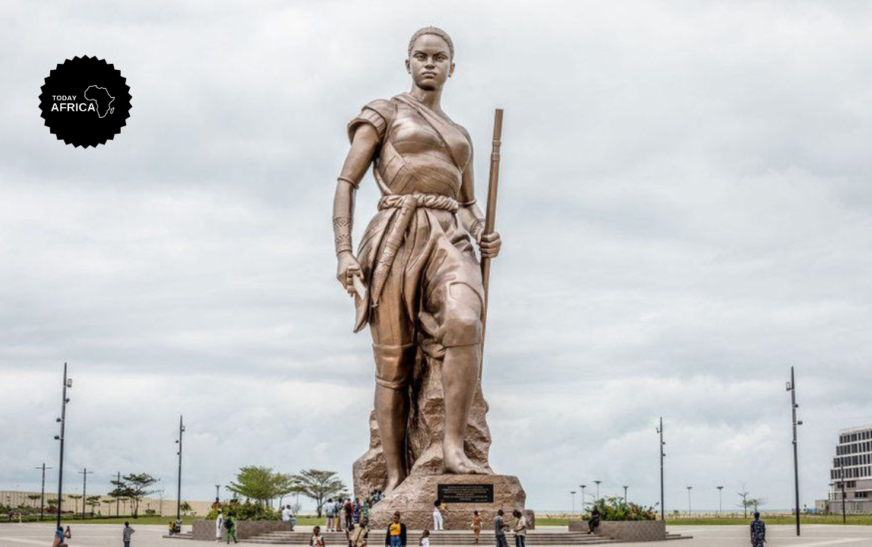
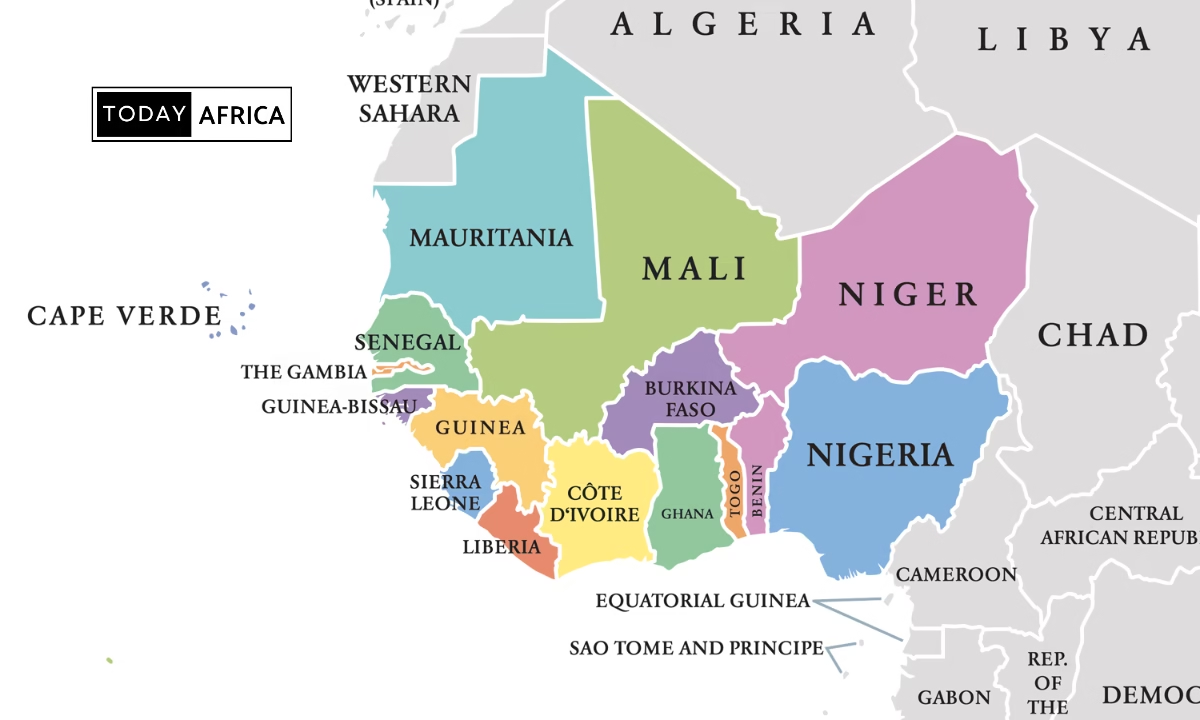



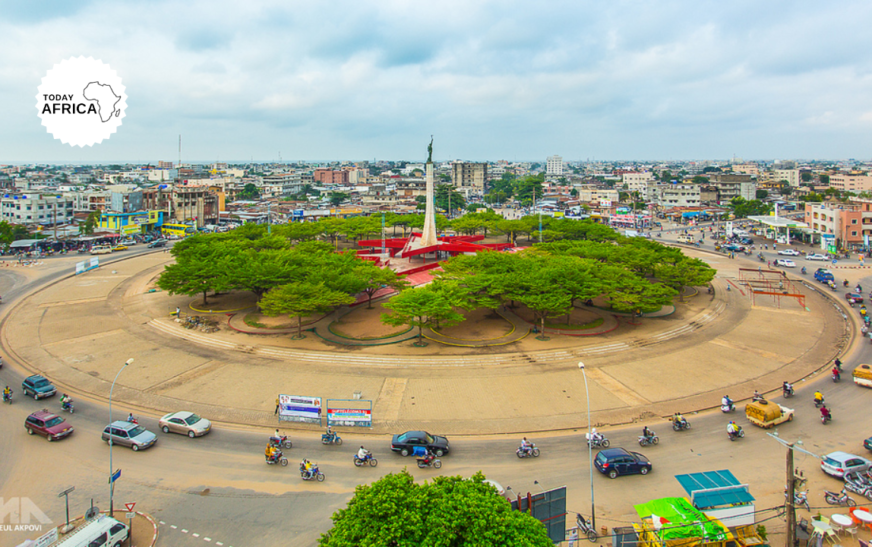
![15 Best Beaches in Morocco to See This Year [& Essential Packing List]](https://todayafrica.co/wp-content/uploads/2023/12/Blue-Simple-Dad-Appreciation-Facebook-Post-1200-×-720-px-6-9.png)
